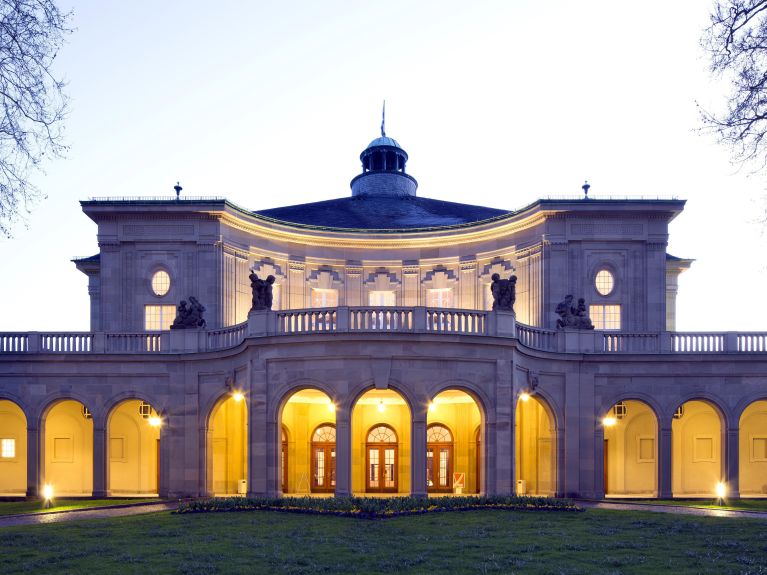Preserved for posterity
Some fascinating places in Germany have applied to become UNESCO World Heritage Sites. We show you which ones have been included in the list.

In Germany there are 51 UNESCO World Heritage Sites. And new ones have been added at the UNESCO World Heritage Committee meeting from 16 to 31 July 2021.
Mathildenhöhe in Darmstadt

Originally, Mathildenhöhe was a vineyard, and later a park was established there. Today it is home to the Darmstadt Artists’ Colony (Darmstädter Künstlerkolonie), a collection of artists’ houses and other buildings that were designed by various artists in the early 20th century, mainly in Jugendstil (art nouveau). Some of the artists actually lived there. Visitors can also admire various sculptures and the Russian Chapel. The Wedding Tower was completed in 1908 and designed by the architect Joseph Maria Olbrich. This is Darmstadt’s architectural landmark.
ShUM cities Speyer, Worms and Mainz

Located on the Middle Rhine, the cities of Speyer, Worms and Mainz were of central significance to Ashkenasi Jews in medieval times. A number of important buildings and impressive historical cemeteries are still preserved to this day. But the heritage of these cities is also more far-reaching: they shaped the culture, religion and legal principles of Central and Eastern European Jews. SchUM is an acronym from the three Hebrew names of the medieval cities with their cluster of three Jewish communities (Shpira (Sh), Warmaisa (W=U), and Magenza (M). The modern-day cities are recognised as World Heritage Sites.
Important European health resorts
In the 19th century the spa culture was at its zenith in Europe. Some European health resorts were of international renown and thus became ideal centres for intellectual and cultural exchanges. These cities offered not only exquisite spa architecture, they also possessed beautifully designed spa buildings, villas and parks. Now included in the UNESCO World Heritage List are the german sites Bad Ems, Bad Kissingen and Baden-Baden.
Danube Limes

Secured with fortresses and watchtowers, the Danube forms a river border of the Roman Empire. Remains from the border installations are now on view in various museums. The border was not limited to present-day Germany: Austria, Slovakia, Hungary, and Germany made a joint application to be included in the list of UNESCO World Heritage Sites.
The Lower German Limes

The present-day Netherlands and the German federal states of North Rhine-Westphalia and Rhineland-Palatinate were once a border region of the Roman Empire. Here, the Rhine again formed a river border to Germania. That‘s why it’s also called ‘the wet limes’. Up to 30,000 Roman soldiers were stationed here, the culture flourished and the cities of the Rhineland blossomed for the first time. The proposal for the region, headed by the Netherlands, was accepted.






